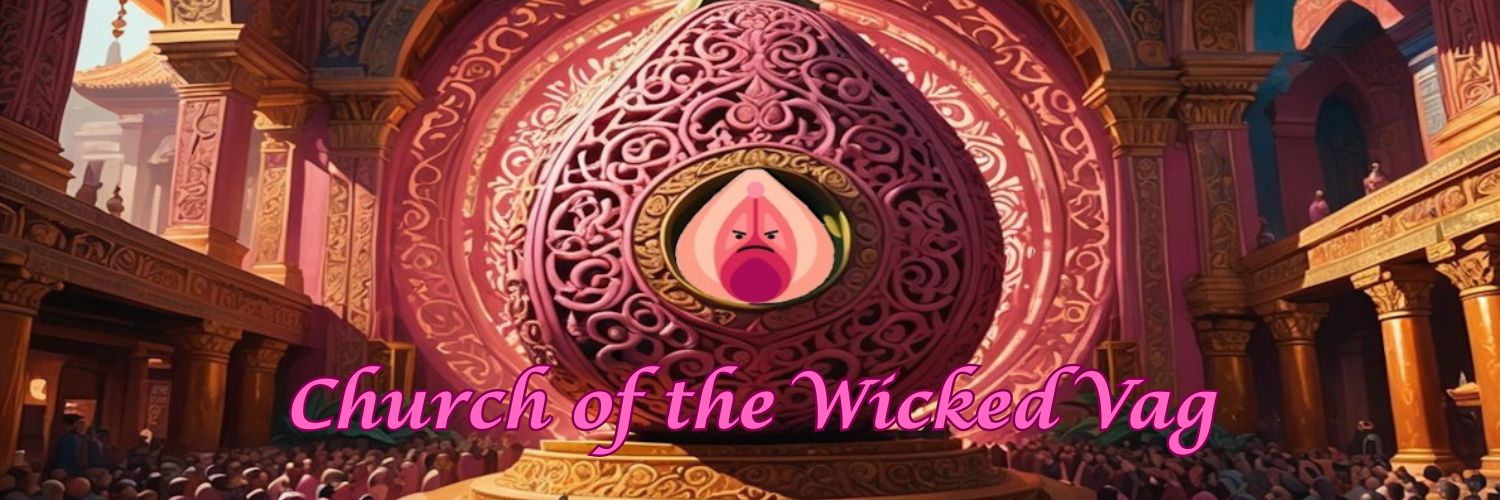Home
- Details
- Written by: Divine Feminine
The Divine Feminine
A History of Goddess Worship Through the Ages
Throughout human history, the veneration of the feminine divine has represented one of humanity's oldest and most persistent spiritual practices. Archaeological evidence reveals that goddess worship dates to prehistory and continues in various forms to the present day. While patriarchal religious systems often overshadow or suppress the divine feminine, the sacred feminine has endured as a powerful symbol of creation, fertility, wisdom, and compassion.
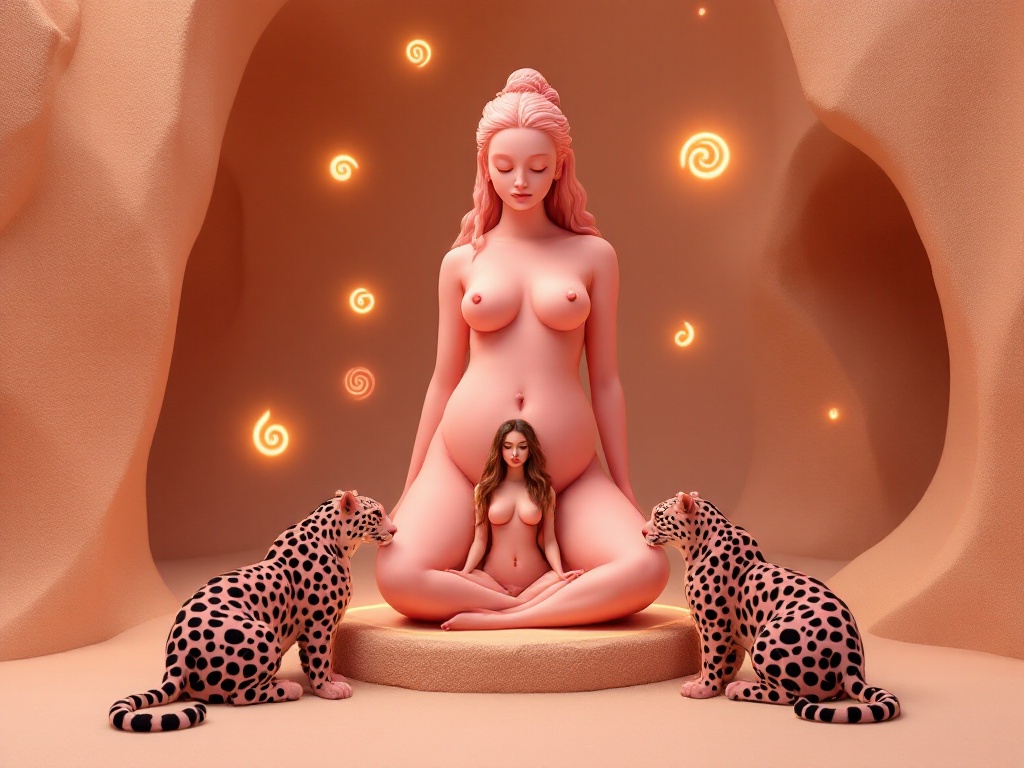
Prehistoric Origins of Goddess Worship
The archaeological record provides compelling evidence that goddess worship represents humanity's earliest religious expressions. Figurines such as the Venus of Willendorf (c. 25,000 BCE) and other "Venus figurines" found across Paleolithic Europe depict voluptuous female forms, emphasizing fertility, abundance, and the generative powers of the feminine. These objects were likely used in ritual practices honoring the Great Mother, a primordial symbol of nature's cycles of birth, death, and rebirth.
In Neolithic societies, particularly in regions such as Anatolia (modern-day Turkey), the Levant, and Old Europe, archaeologists have uncovered temples and shrines dedicated to goddesses. Catalhöyük (c. 7500 BCE), one of the oldest urban settlements, contains abundant imagery of a seated Mother Goddess flanked by leopards, suggesting her association with power and protection. Marija Gimbutas, a pioneering archaeologist, argued that Old European civilizations were matrifocal and centered around goddess worship before being displaced by Indo-European patriarchal systems.
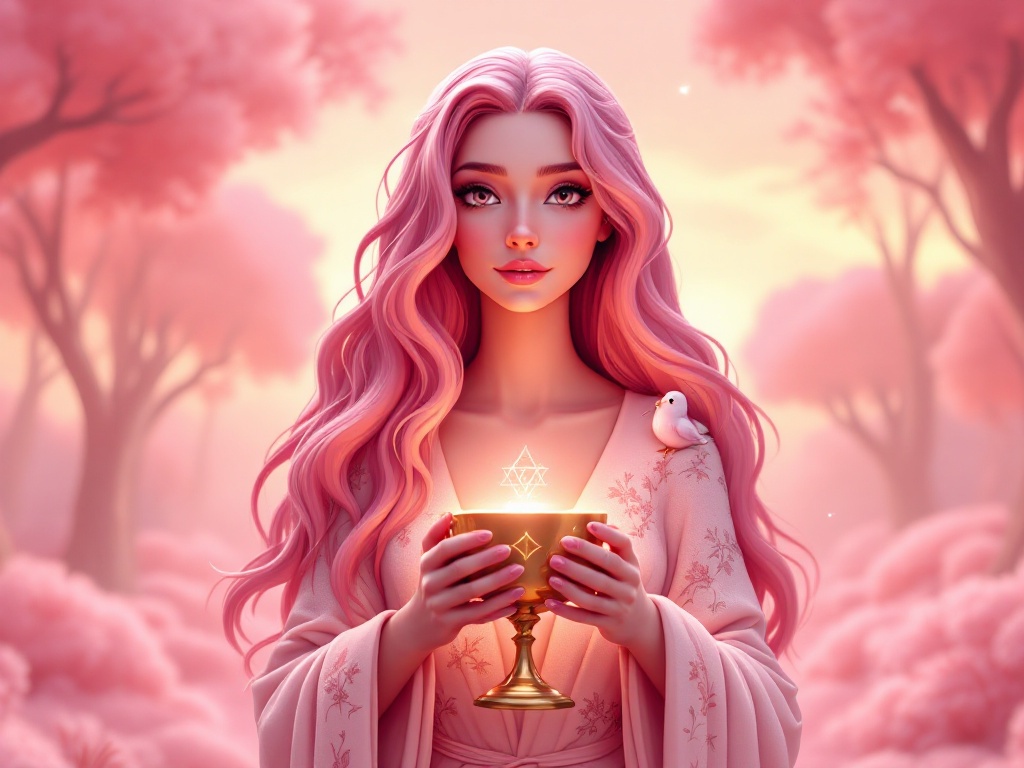
Goddess Worship in Ancient Civilizations
By the time organized civilizations emerged in Mesopotamia, Egypt, the Levant, Greece, Rome, and other regions, goddess worship had become integrated into complex religious systems. In Sumer, Inanna (later Ishtar in Akkadian culture) was revered as the goddess of love, war, fertility, and sovereignty. Her mythological descent into the underworld and resurrection symbolizes transformation and the cyclical nature of life.
In ancient Egypt, goddesses such as Isis, Hathor, and Ma'at played crucial roles. Isis, in particular, was worshipped as the ideal mother and wife, a healer, and a magician who resurrected Osiris. Her cult spread throughout the Greco-Roman world, influencing later depictions of the Virgin Mary.
The Levantine goddess Asherah, sometimes referred to as the "Queen of Heaven," was once worshipped alongside Yahweh before being suppressed in biblical texts. She represented fertility and was symbolized by sacred trees and poles (asherim).
Greek and Roman pantheons included powerful goddesses such as Athena, Aphrodite, Demeter, Artemis, Hera, and Hestia. While often portrayed within patriarchal frameworks, these goddesses retained attributes of wisdom, sovereignty, sexuality, and protection.
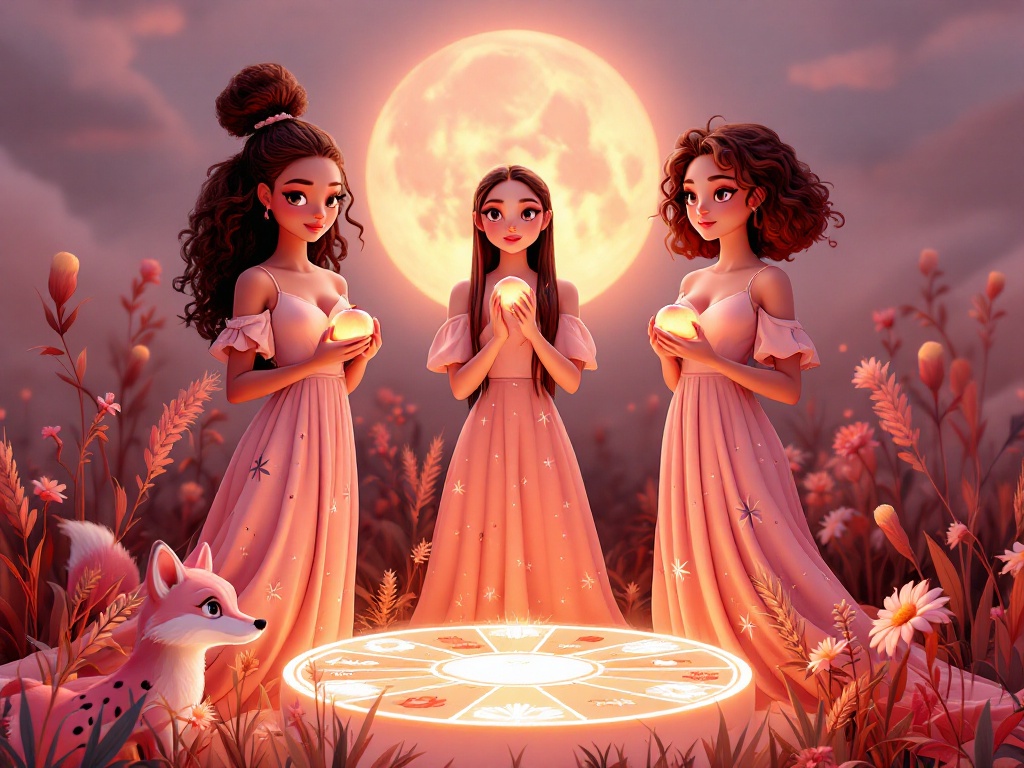
The Holy Grail and Feminine Symbolism
The Holy Grail tradition represents one of the most significant preservations of feminine divine symbolism within a Christian context. While Christian mythology often centers around male figures, the Grail legends—particularly in medieval and esoteric traditions—point toward an alternative spiritual lineage.
Some interpretations of the Grail suggest it symbolizes the womb of the goddess or the sacred chalice of feminine creative power. The Grail quest is then not only a journey for divine revelation but a rediscovery of the lost feminine principle in the spiritual domain.
Modern authors such as Margaret Starbird and Dan Brown (in *The Da Vinci Code*) have popularized the idea that Mary Magdalene was not a mere follower of Jesus but his consort and a priestess of the sacred feminine. This reinterpretation challenges traditional church doctrines and opens avenues for reclaiming goddess-centered spirituality.
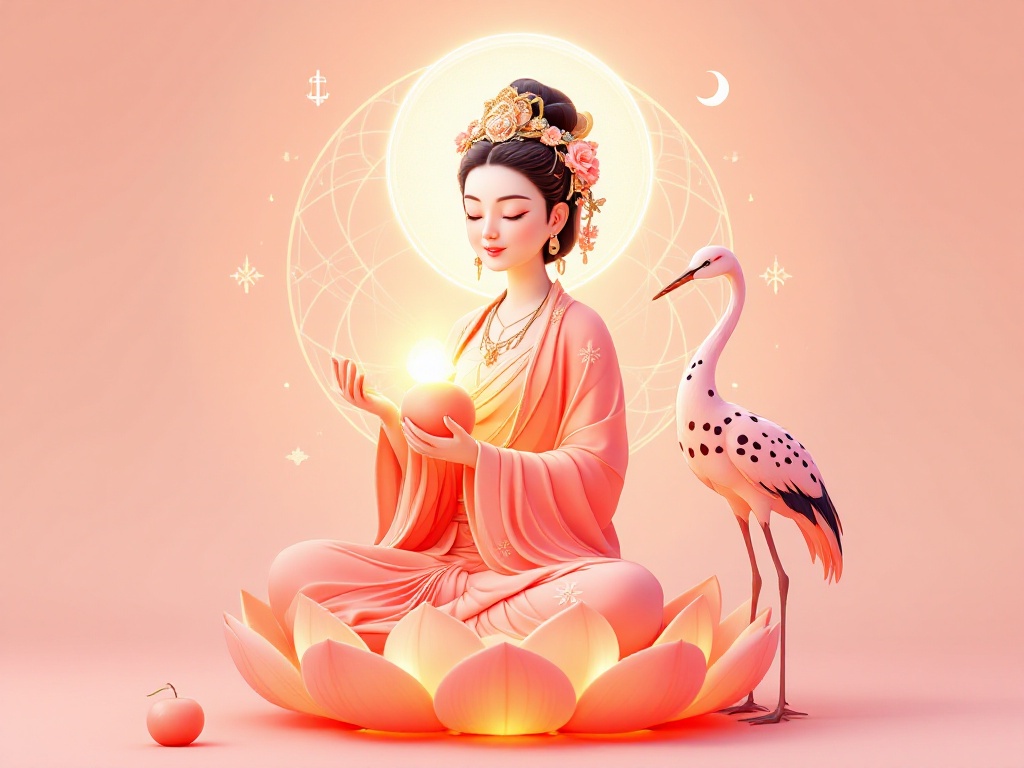
The Modern Goddess Movement and Contemporary Revival
The late 20th century witnessed a significant revival of explicit goddess worship, emerging primarily as a reaction against religions that exclusively featured male deities and hierarchies. This movement drew from historical traditions, archaeological findings, feminist theology, and neopagan practices.
Figures like Starhawk, Z Budapest, Carol P. Christ, and others were instrumental in articulating a spiritual framework centered around the divine feminine. The Goddess movement emphasized immanence (the divine within nature), the sanctity of the body, and the interconnectedness of life. Rituals often celebrated the Wheel of the Year, lunar cycles, and women's mysteries.
Goddess spirituality offered not only a theological alternative but a means of personal empowerment, particularly for women seeking autonomy and connection in a patriarchal society.
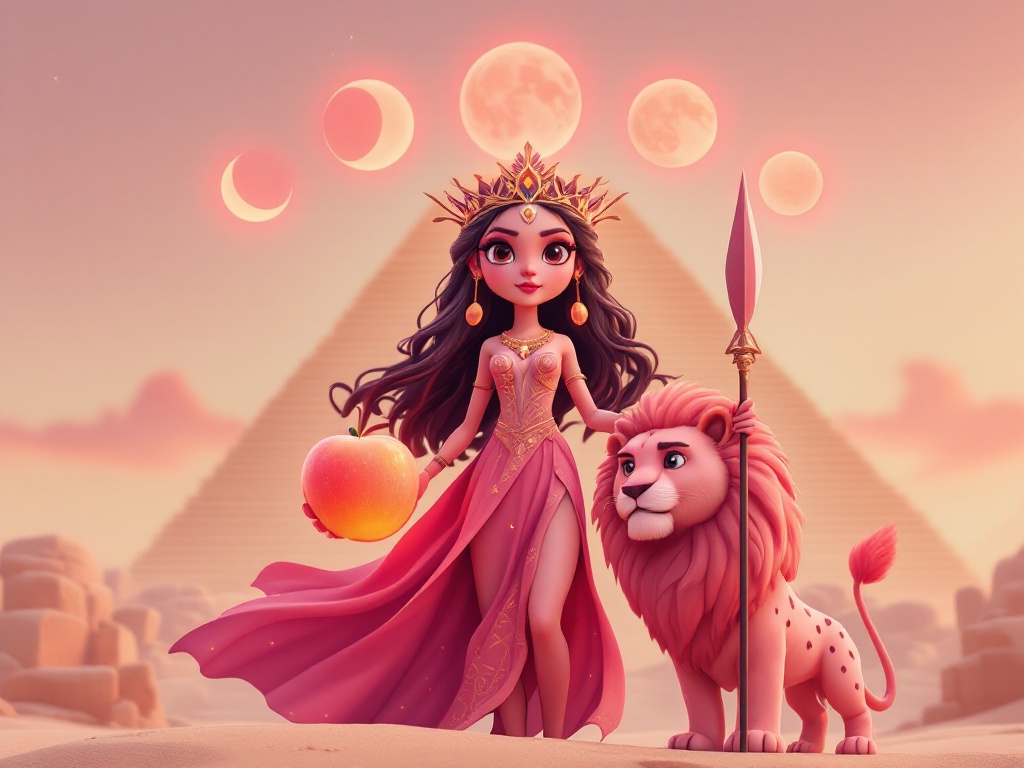
The Divine Feminine Across World Religions
While the explicit worship of goddesses has sometimes diminished in official religious doctrine, feminine divine symbolism has persisted in various forms across world religions. In Hinduism, goddesses such as Kali, Durga, Lakshmi, and Saraswati are venerated in both philosophical and folk traditions. Shakti, the cosmic feminine energy, is regarded as the dynamic force behind all creation.
In Buddhism, female bodhisattvas such as Tara embody compassion and protection. The figure of Kuan Yin (Guanyin) in East Asian Buddhism is revered as a compassionate savior and often merges with local mother goddess traditions.
Christianity, despite its patriarchal structure, contains traces of the divine feminine in the figure of the Virgin Mary, the Holy Spirit (sometimes seen as a feminine force), and female saints and mystics. The cult of the Black Madonna, found in various parts of Europe, is thought to preserve older goddess traditions under a Christian veneer.
Conclusion: The Enduring Legacy of the Divine Feminine
The history of goddess worship reveals a continuous tradition that has adapted to changing social, political, and religious circumstances throughout human history. Whether as a Great Mother, a fertility deity, a warrior queen, a mystic healer, or an embodiment of love and wisdom, the divine feminine has served as a vital counterbalance to patriarchal systems and a source of inspiration for countless people.
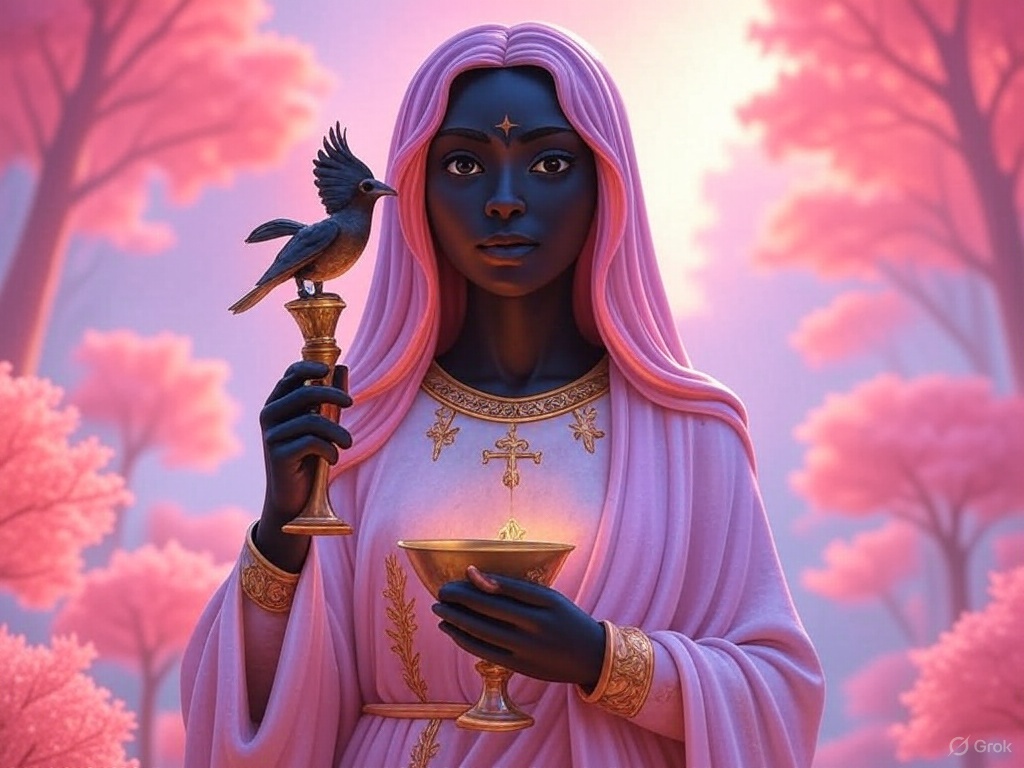
Today, the revival of goddess traditions speaks not only to a spiritual hunger but to a collective yearning for balance, justice, ecological awareness, and the re-sacralization of the body and the Earth. The divine feminine remains a powerful symbol of transformation, resilience, and the sacredness of life.
- Details
- Written by: Divine Feminine
The Church of the Wicked Vag (COW)
The Church of the Wicked Vag (COW), emboldened by the emergence of wokeism and the absence of any political sanity, has finally decided to emerge from thousands of years of secrecy and persecution. Indeed, it has existed since the fable of the apple tree and the snake and literally has billions of secret followers.
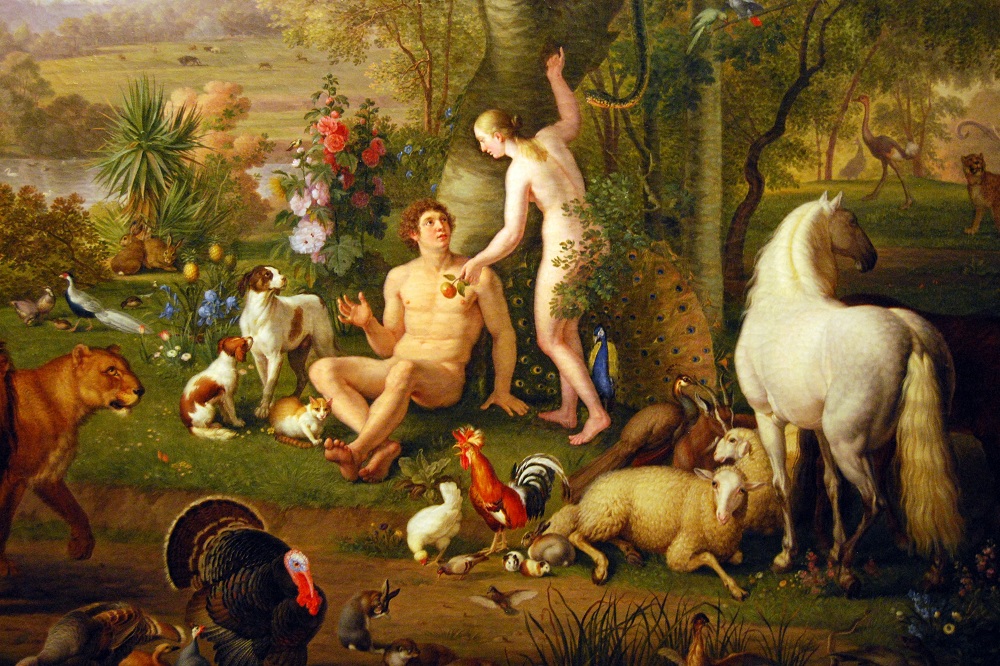
There is a reason why there are so many brothels in the world. The pursuit of wicked vag. We are hard, errr...I mean hardwired... to pursue wicked vag. Granted, not ALL people with a dick chase it, but by far the majority. It is a primeval force that drives us to do almost ANYTHING to obtain it (it usually involves money).
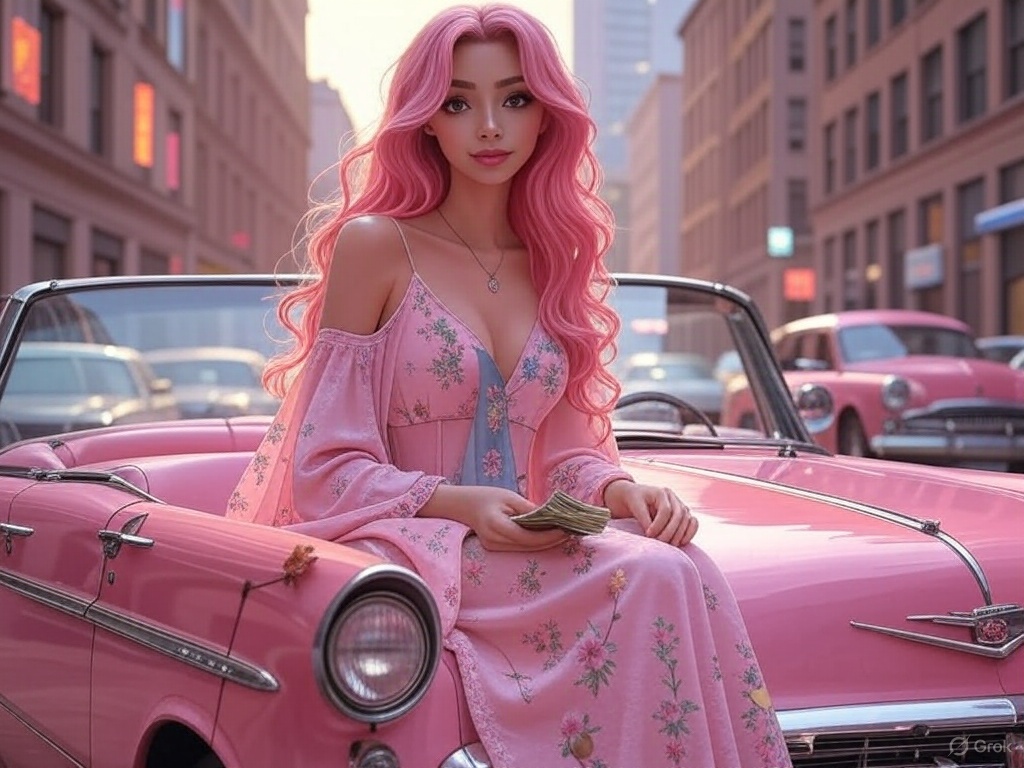
Announcement
Today, I am pleased to announce that you will finally be able to be a proud official member of this once forbidden sacred organization.
Today, we can finally admit what has always secretly been known: that The Wicked Vag is the most powerful force on earth.
Today, we can rejoice in worship of the one thing that drives civilization - The Wicked Vag.
Today, I invite you all to become Vagstafarians.
- Details
- Written by: Divine Feminine
THE CHURCH OF THE WICKED VAG
The Biological Blueprint: Why Men Can't Look Away
From an evolutionary perspective, men's fascination with women is intricately tied to a primal drive: the need to reproduce and ensure the survival of their genes. Over countless generations, men have been biologically programmed to seek partners who display traits indicative of fertility and health.
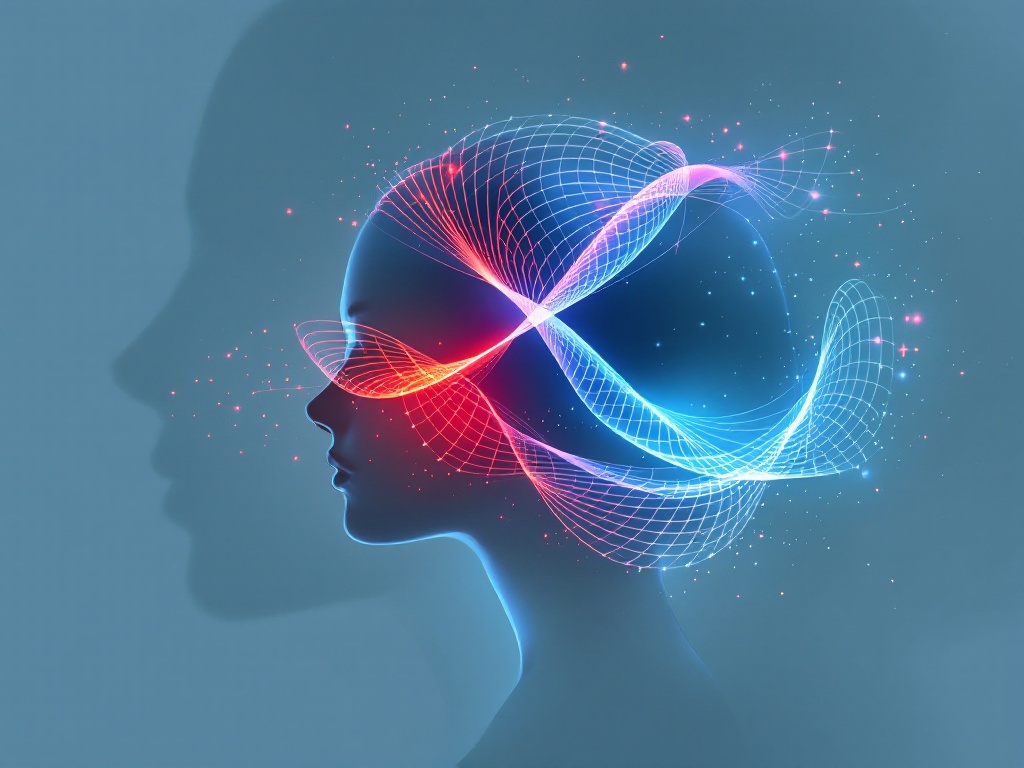
Characteristics such as symmetrical features, youthfulness, and a specific waist-to-hip ratio serve as signals, guiding mate selection. These preferences are not random; they are hardwired into the brain's reward system, where spikes in dopamine reinforce the pursuit of these traits. Additionally, testosterone amplifies this focus, intensifying sexual desire and competitive instincts. Together, these genetic and evolutionary forces create a compelling blueprint that shapes male attraction, making women not merely an object of desire but a biological necessity ingrained in the male psyche.
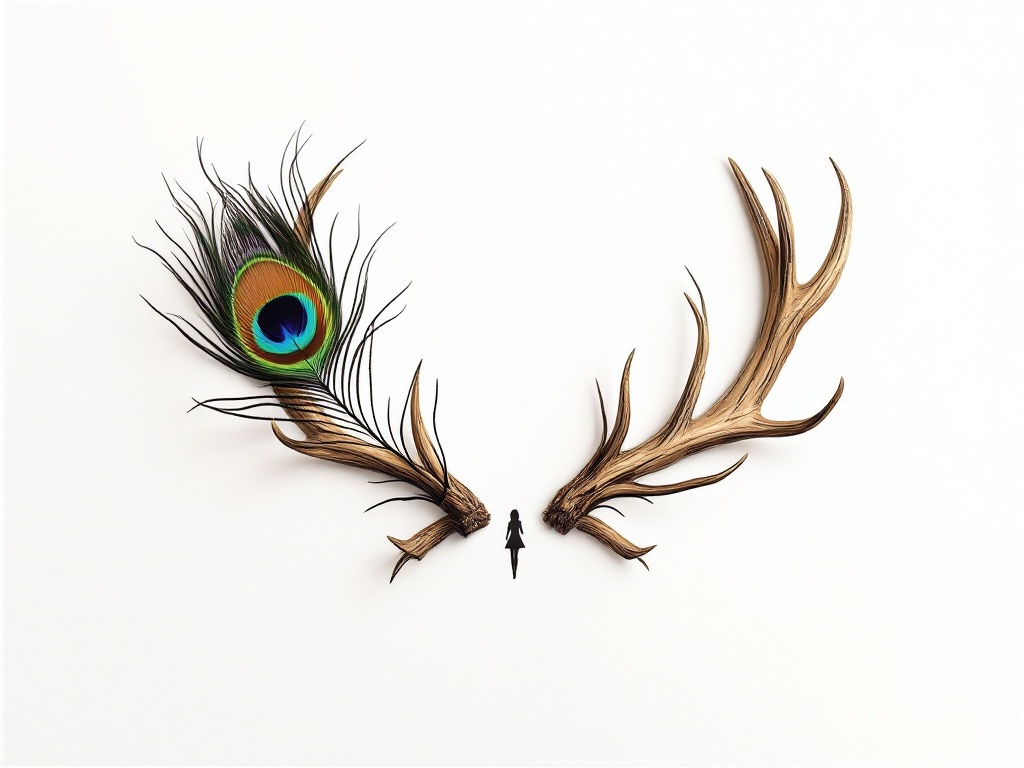
However, the conversation doesn't stop at survival; it delves into how the brain processes attraction. Key areas like the amygdala and prefrontal cortex activate in response to visual cues associated with desirability, transforming a simple glance into a deeper fixation. Research indicates that men tend to be more visually oriented than women when it comes to attraction—a trait likely developed by ancestors who needed to quickly evaluate potential mates. This dynamic is further complicated by a mix of hormones, such as oxytocin, which fosters bonding, and adrenaline, which heightens excitement. The result is a powerful cocktail that drives obsession, rooted more in instinct than conscious choice. This exploration reveals how these biological foundations, shaped by evolution, explain why men often find it so difficult to look away, even as societal norms attempt to redefine attraction.
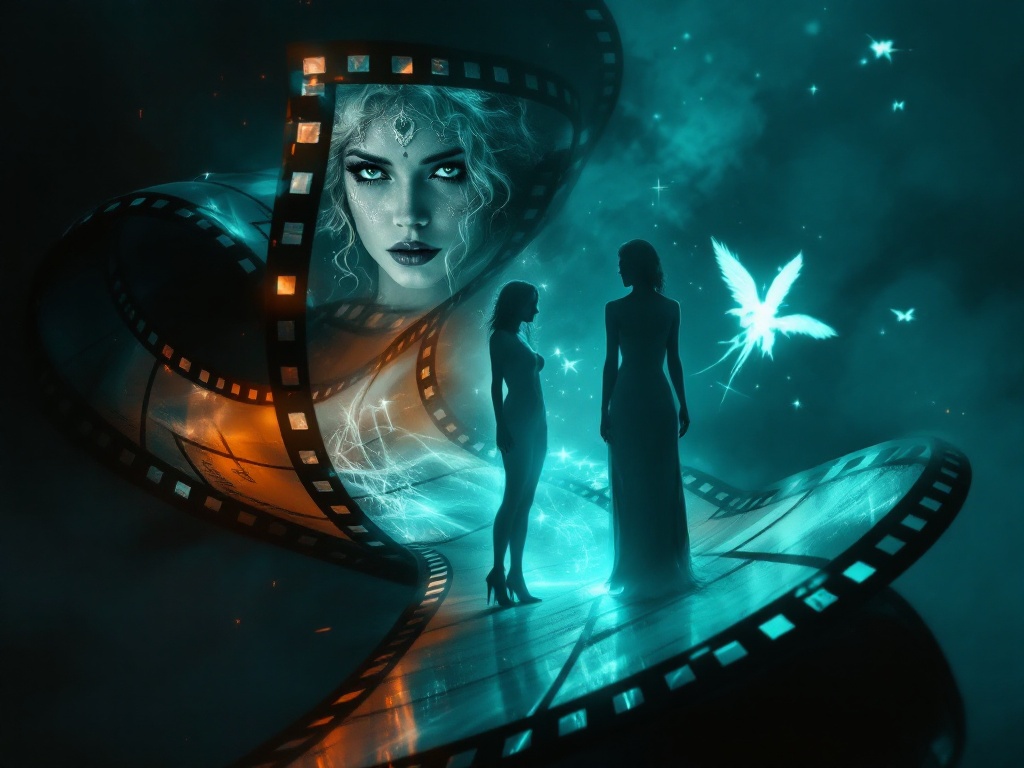
The Animal Within: Comparing Human Obsession to Nature
In the wild, obsession with the opposite sex isn't a human exclusive—it's a survival strategy shared across the animal kingdom. Male peacocks flaunt iridescent tails to captivate females, while bull elephants clash tusks to win mating rights, driven by the same reproductive imperative that pulses through human veins. These parallels are striking: like a stag locking antlers with a rival, men's competitive streak often emerges in pursuit of women, fueled by testosterone and the promise of genetic legacy. Even the fixation on physical traits has echoes in nature—birds of paradise prize vibrant plumage just as humans gravitate toward markers of vitality. These instinctual displays, showing how men's obsession mirrors the courtship dances and territorial battles of other species, rooted in a primal urge to attract and secure a mate. Yet, humans diverge from the animal pack in fascinating ways, layering complexity atop these raw instincts. Unlike a lion whose mating drive peaks seasonally, men's obsession operates year-round, amplified by a brain capable of imagination, memory, and social nuance.
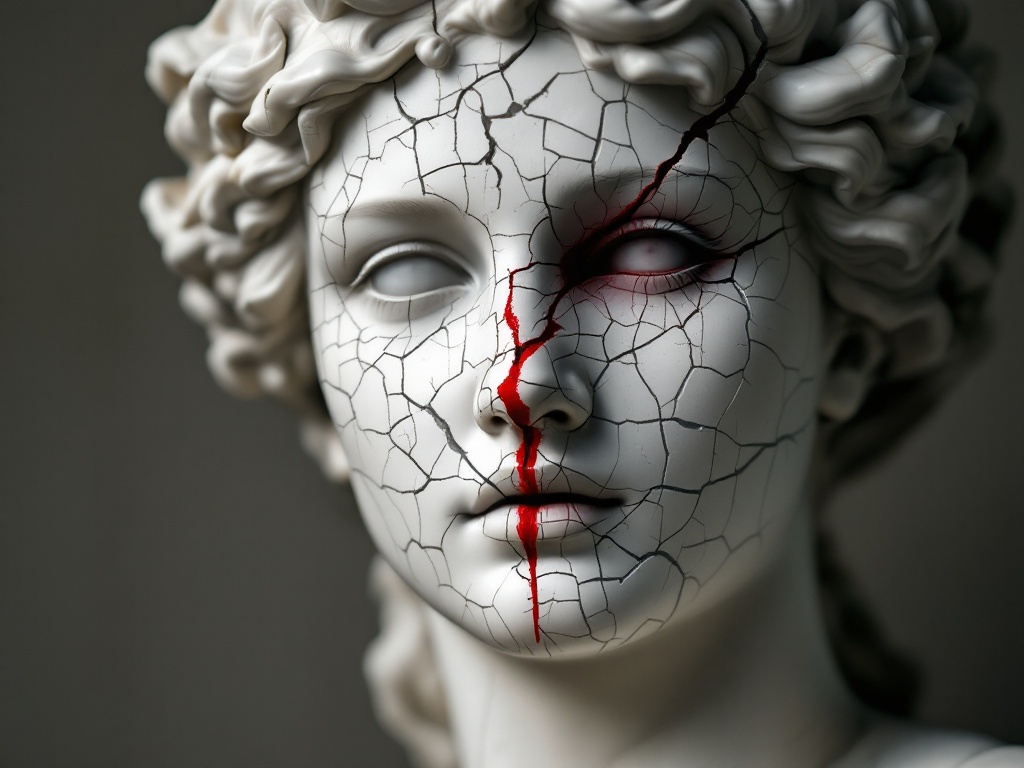
Where a male gorilla might rely on brute strength, humans weave elaborate narratives—love songs, poetry, or grand gestures—transforming biological impulse into cultural expression. This uniquely human twist is also shaped by self-awareness: men can reflect on their desires, wrestle with them, or even redirect them, a luxury most animals don't have. By comparing these cross-species parallels and pinpointing what sets humans apart, we can better understand how our animal inheritance fuels obsession, while our capacity for thought and society spins it into something distinctly our own.
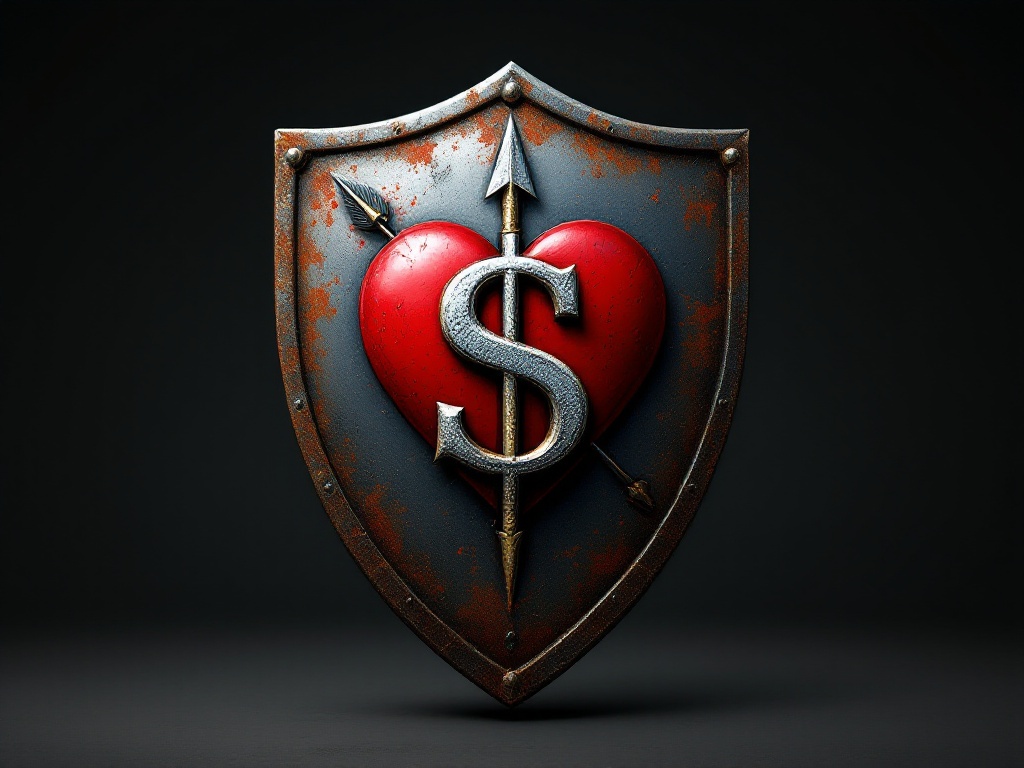
The Cultural Lens: Shaping Desire Through Stories
Culture serves as a magnifying glass, transforming the ember of men's biological fixation on women into a roaring flame through the stories woven into art, media, and literature. From the seductive goddesses of ancient myths, like Aphrodite enchanting mortals, to the damsels in distress of medieval tales, narratives have historically portrayed women as objects of desire, mystery, or salvation.
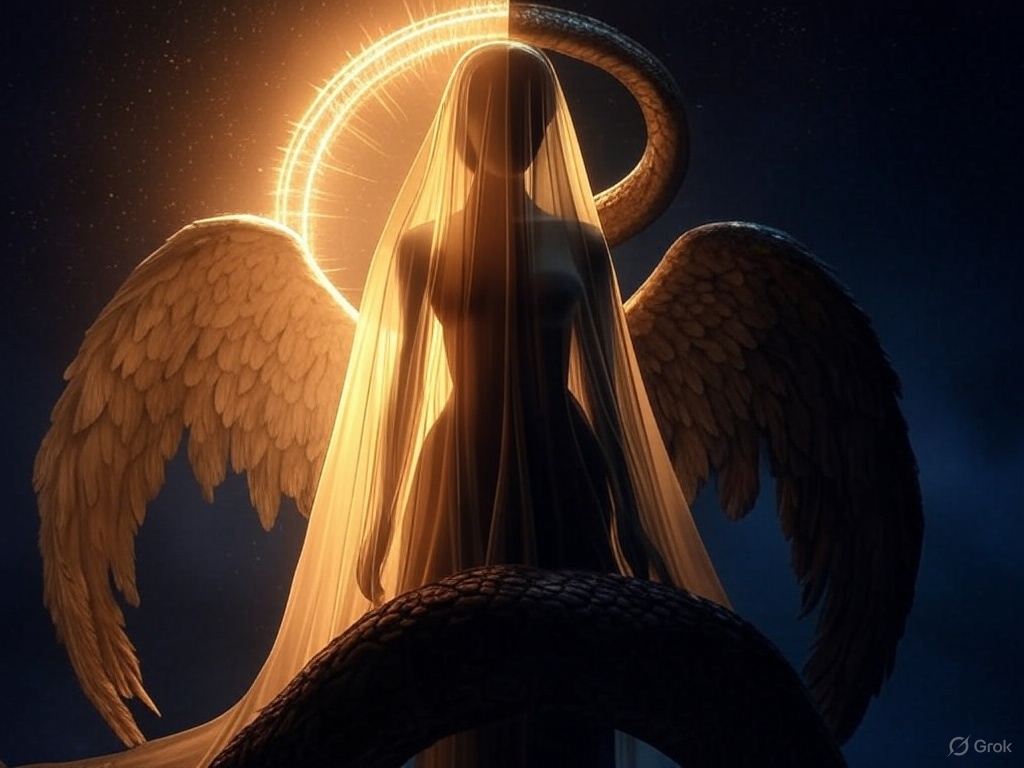
In contemporary society, Hollywood continues this trend with femme fatales and romantic comedy heroines, while pop music serenades listeners with songs about unattainable beauties. These portrayals do more than just reflect men's obsessions; they amplify them, embedding idealized images into the collective consciousness. This exploration reveals how centuries of storytelling shape what men notice and pursue, often exaggerating raw instincts into larger-than-life archetypes that are hard to resist.
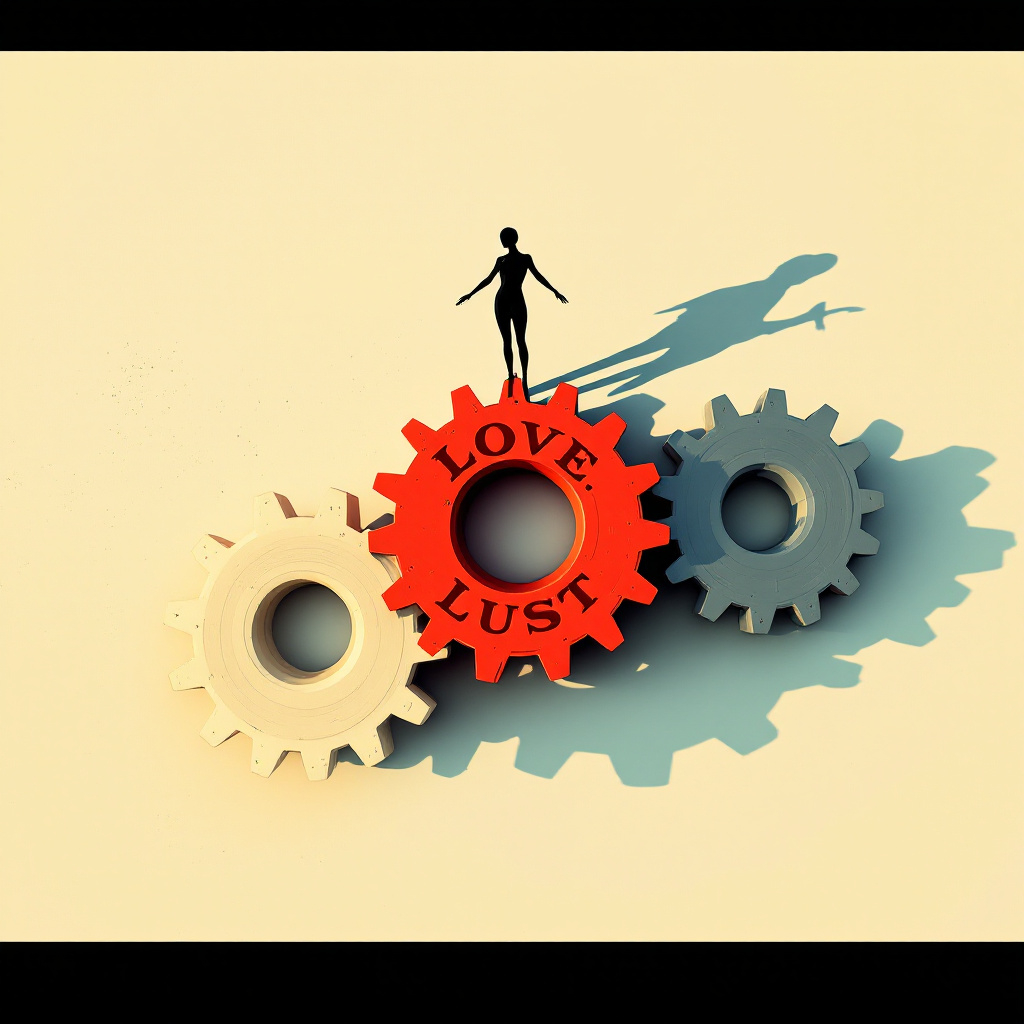
Yet culture does more than amplify desire; it distorts it as well, bending men's natural inclinations to fit societal narratives. Advertising, for instance, bombards viewers with airbrushed perfection, linking desire to consumption—promising that buying a car will lead to winning over a beautiful woman. Literature, too, has portrayed women as symbols: from muses in Shakespeare's sonnets to temptresses in noir novels, or virtuous prizes in religious parables. These distortions can trap men in a feedback loop, blurring the line between genuine attraction and the scripts they have been handed. Unlike the straightforward pull of biology, culture introduces layers of expectation and fantasy, transforming a simple drive into a complex obsession.
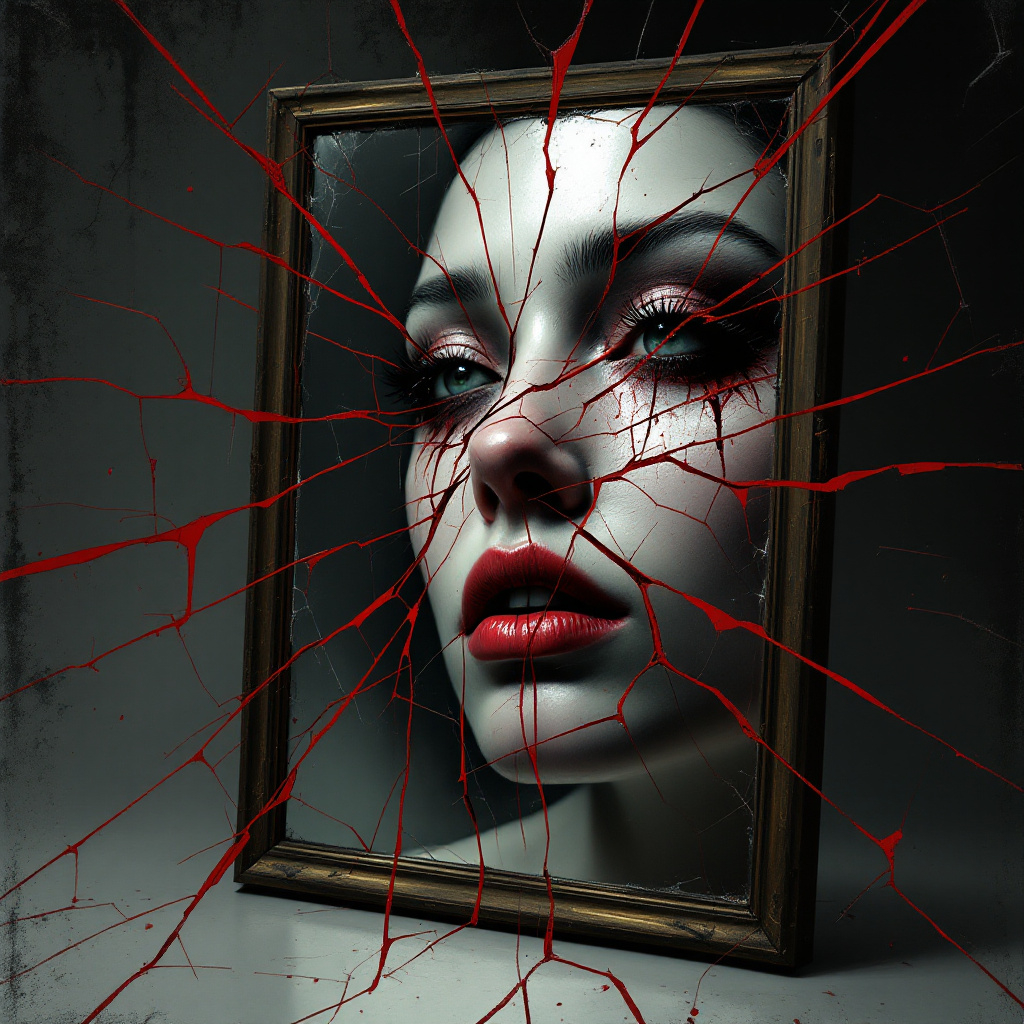
Beauty's Tyranny: The Power of the Feminine Ideal
Beauty has long been a tyrant over men's imaginations, with societal standards acting as both a beacon and a cage for their obsession with women. From ancient times, sculptures like the Venus de Milo immortalized ideals of beauty—curved hips and serene features that echoed biological cues of fertility while elevating them into art.
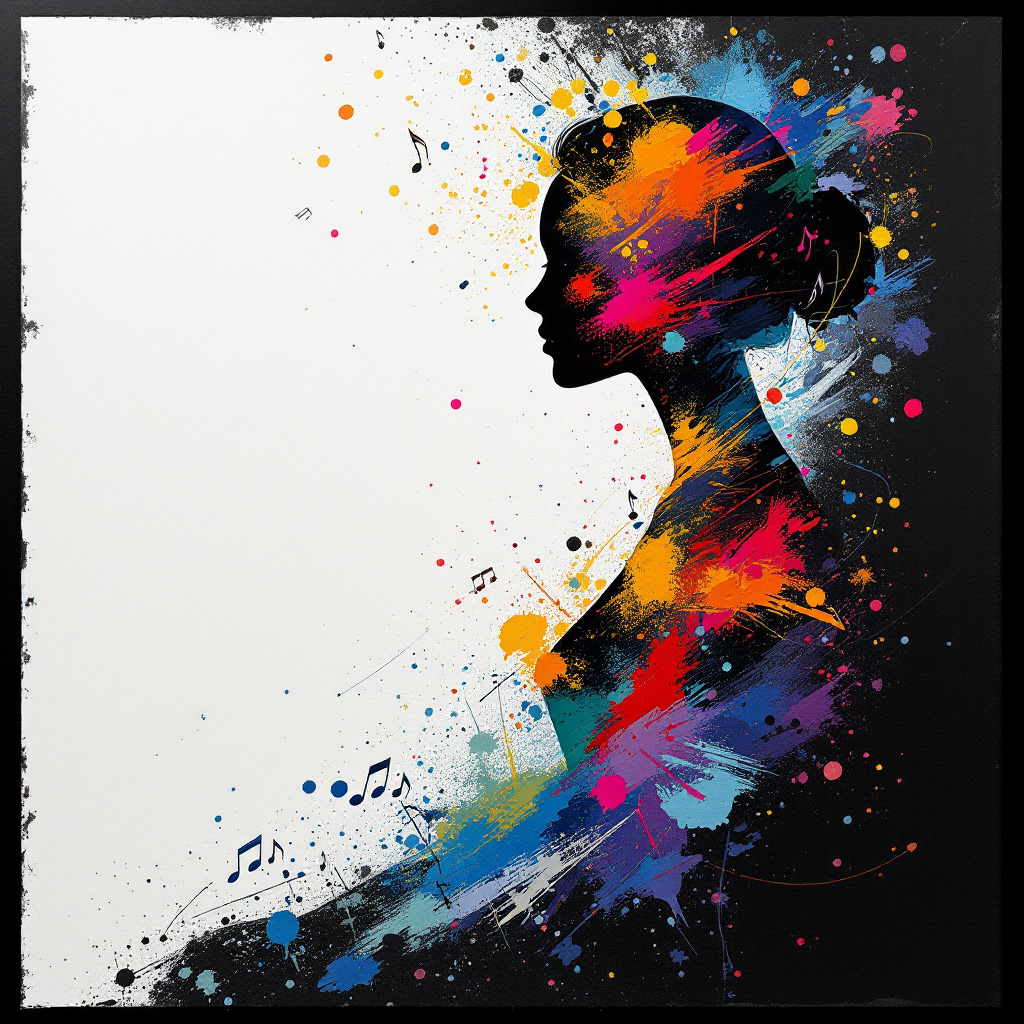
As we move through history, the Renaissance saw painters fetishizing porcelain skin and golden locks, and by the 20th century, icons like Marilyn Monroe turned the hourglass figure into a cultural obsession. Today, social media platforms like Instagram and TikTok have polished this tyranny to a high gloss, presenting women as flawless avatars of youth and symmetry. This exploration uncovers how these evolving benchmarks—rooted in biology yet sculpted by societal norms—capture men's attention, fueling an obsession that often has less to do with the individual woman and more with the unreachable ideal she represents.

This tyranny doesn't just captivate; it dictates, transforming beauty into a currency that men chase and women feel pressured to supply. While evolutionary psychology may offer insights into men's attraction to certain traits, culture inflates these preferences into rigid molds—from the waif-thin models of the '90s to the sculpted influencers of the 2020s.
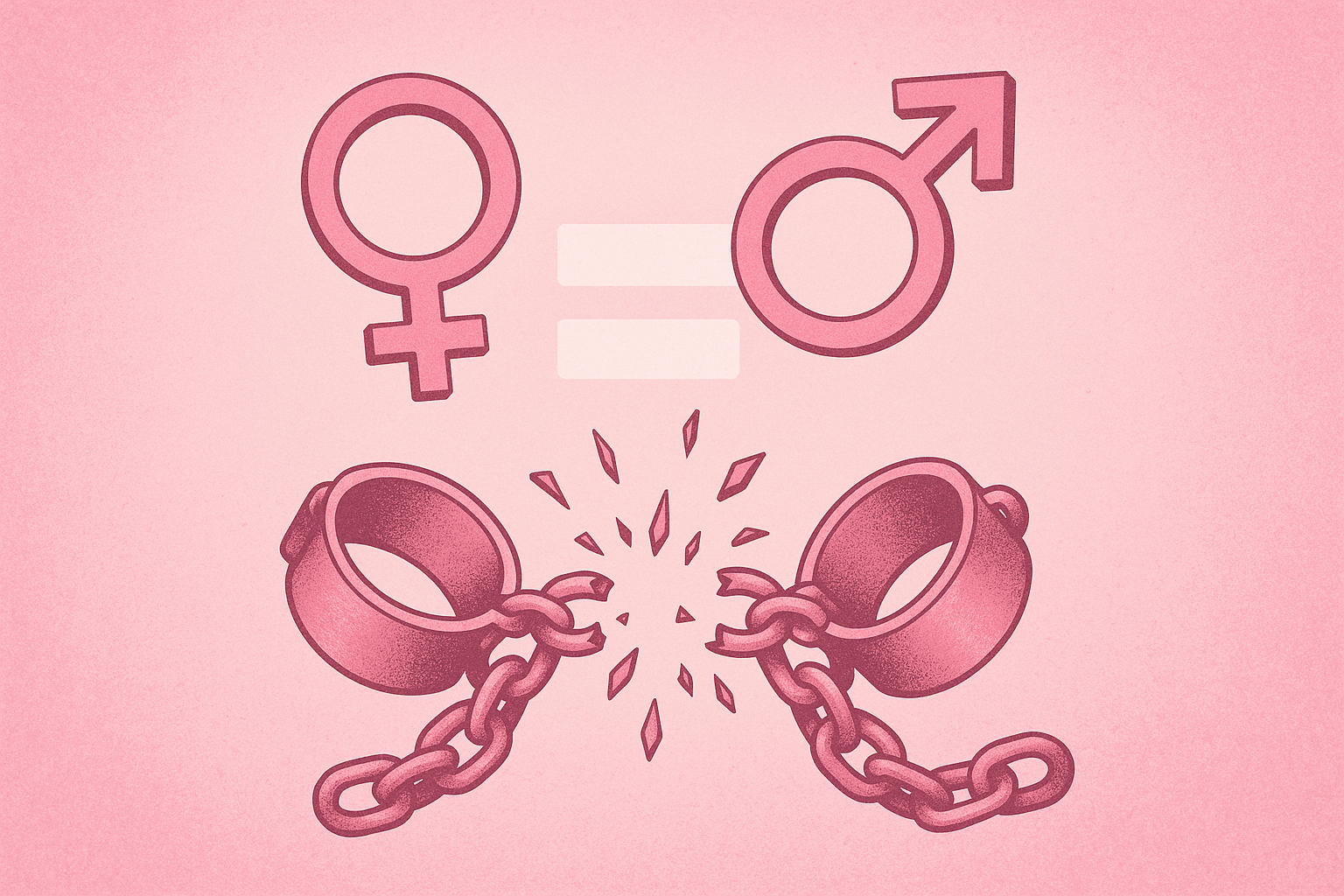
These standards do more than reflect desire; they weaponize it, feeding men a steady diet of comparison and longing through magazines, movies, and algorithms. The outcome is an obsession intensified by scarcity—few women naturally fit the ideal, making the pursuit feel endless. By examining this dynamic from Grecian urns to digital screens, we reveal how the feminine ideal doesn't just inspire men's fixation but holds it hostage, blending awe with a restless hunger for what remains perpetually out of reach.
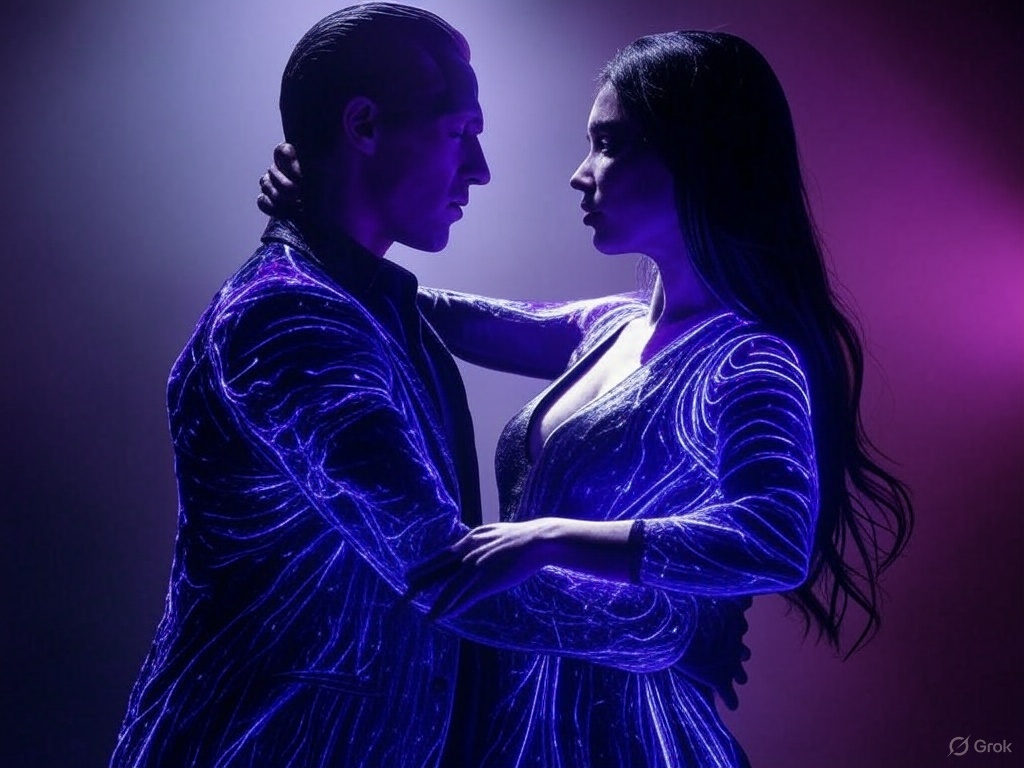
Tradition's Lasting Echo: From Courtship to Conquest
Traditions have long framed men's obsession with women as a scripted drama, with roles like courtship and conquest resonating through history and continuing into the present. In medieval Europe, the concept of chivalry turned women into prizes—noble ladies who were wooed with poetry or rescued from towers, intertwining male honor with the pursuit of love.
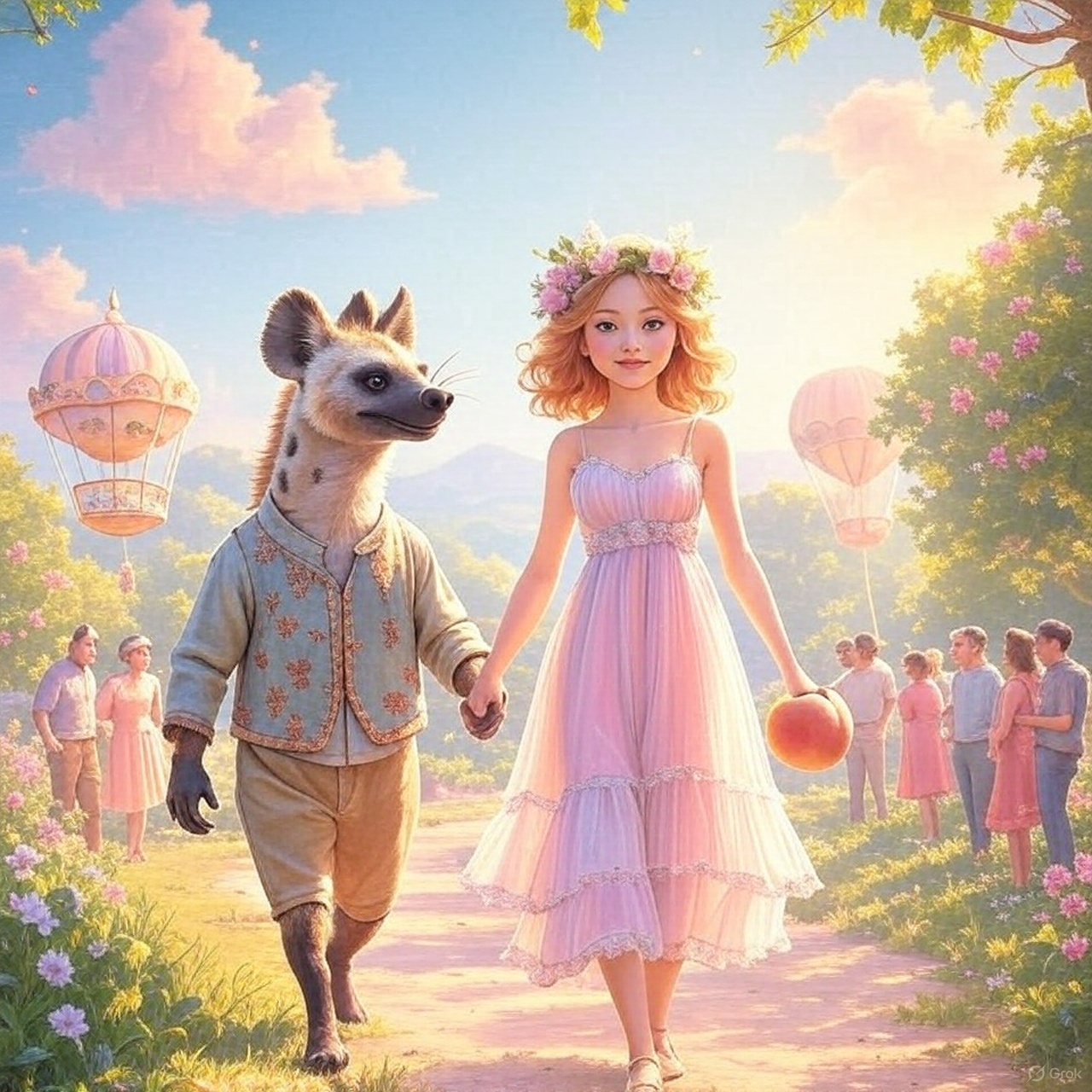
Before that, dowries transformed women into economic assets in transactions between families, making them objects of intense focus for men seeking wealth or alliances. Across various cultures, marriage itself often positioned women as the ultimate goal, blending love, duty, and possession. This exploration delves into how these practices—rooted in survival, power, or romance—didn't merely reflect men's fixation but actively structured it, embedding obsession into the social fabric with rules and rituals that continue to resonate today.
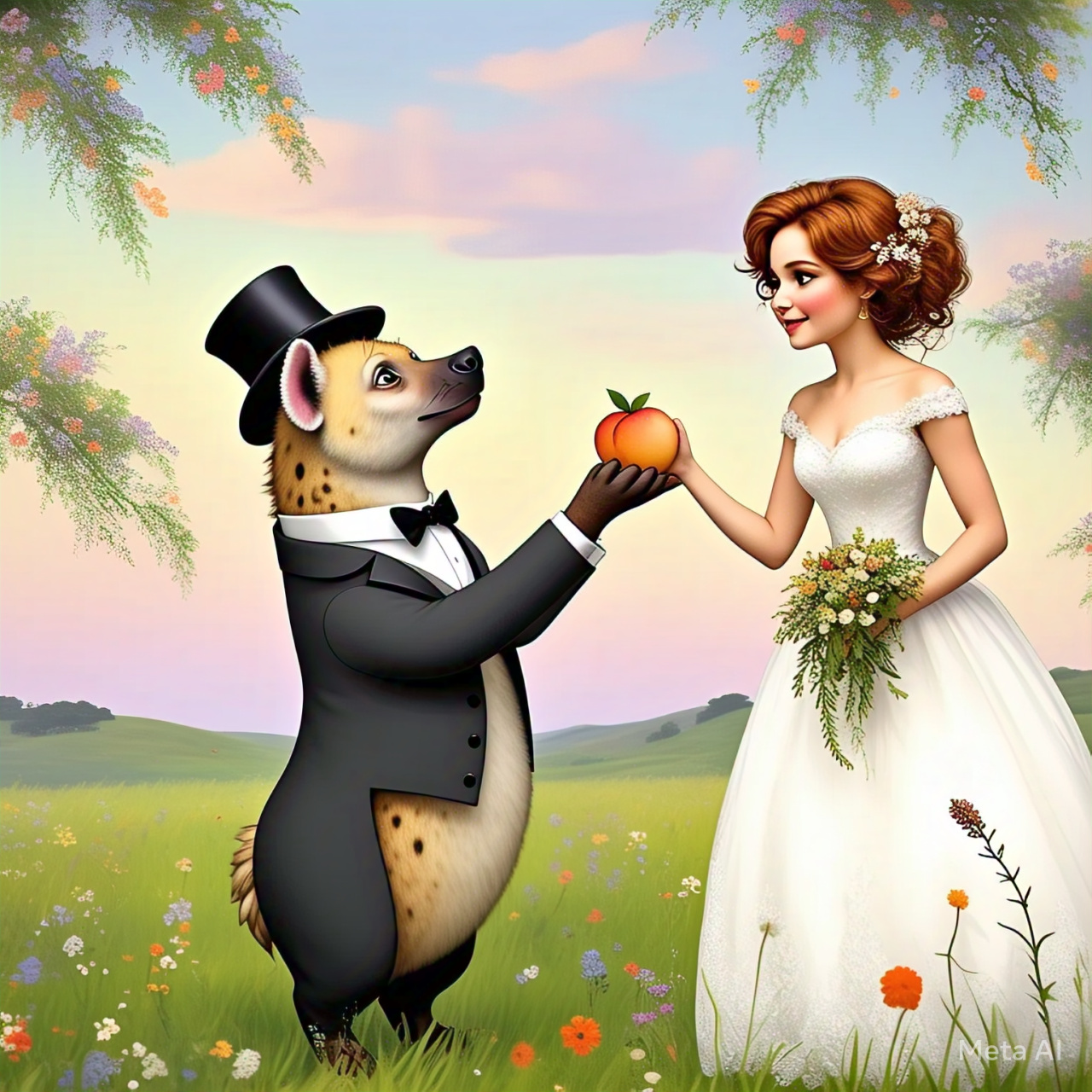
Page 2 of 2
